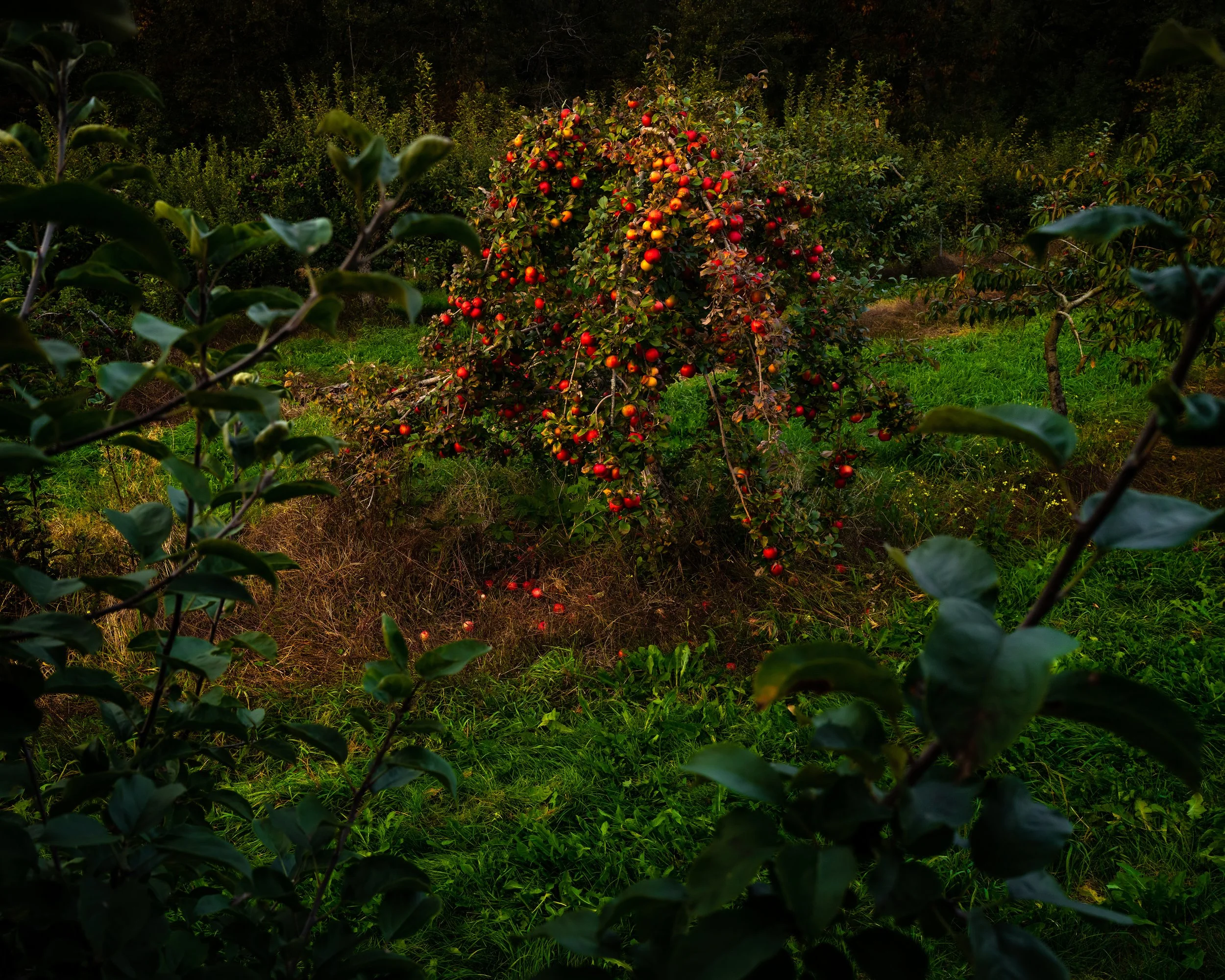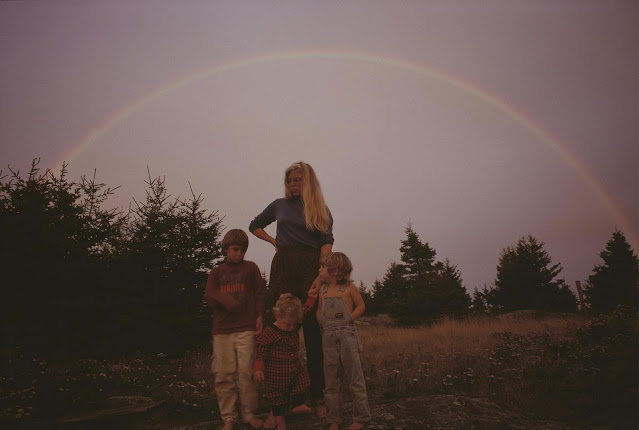 |
Emerald Drifters by Cig Harvey
|
Photographs by Cig Harvey
Monacelli Press, New York, NY, 2025. 224 pp., 100 illustrations.
In the last few hundred years, science has worked hard to convince us that everything is knowable. We have grown accustomed to understanding the world through the lens of this distorted truth. Cig Harvey, in her fifth monograph, Emerald Drifters, invites us to return to the wonder of being.
Across its 224 pages, Emerald Drifters uses color as a container for life—a catalogue of pleasures and heartbreaks—where we encounter the divine in shades and tones of yellow, red, and blue. Its 101 photographs include the open-mouthed face of a porcelain cupid, the “woozy caverns and erect peaks” of a chocolate cake, and an abundant smoky tableau inspired by eighteenth century Flemish still lifes. These images stand side by side with watercolor diagrams, ‘how-to’ instructionals, and vignettes of creative non-fiction from The Sky Is Blue Only for You to How to Welcome the Unwanted.
In The Sublime and the Beautiful, Harvey writes, “In 1797, the German philosopher Immanuel Kant made two columns in his notepad, dividing aesthetics into the sublime and the beautiful. The sublime was to be revered as majestic, important, multiple, and monumental. The beautiful became the decorative, insignificant, singular, and superficial.” The Scientific Revolution, Kant, Newton, and many others have guided us towards a rejection of beauty. In the contemporary art world, few dare to defend the objective role beauty plays in the human experience and our connection to something greater than self. In Emerald Drifters, Harvey makes a case for its intrinsic value, arguing that beauty is an ontological primitive, a fundamental, irreducible entity—a foundational building block of reality.
_001.jpg) |
Beware. Alongside beauty exists both the awe and the agony of life. A monograph allows photographs to be contextualised beyond the single frame, and when sequenced together, the images speak to one another. In his memoir, Sculpting In Time, filmmaker Andrei Tarvoksky reflects, “The aim of art is to prepare a person for death. When a link is established between the work and its beholder, the latter experiences a sublime, purging trauma. The best sides of our souls are made known. The unfathomable depths of our own potential, and the furthest reaches of our emotions.”
In Emerald Drifters, there are three sequences that explicitly establish this link for me, as described by Tarkovsky:
A Red That Bites, a masterclass in associative thinking: red berries, red room, white flowers, open drawer, open mouth white teeth, white napkin dabbed red, dark sky, white window square.
 |
Emerald Drifters, the namesake vignette: a garden at night and a figure (perhaps that of Rebecca Middleton, whose story is shared) both stand amongst and are another iris. We turn the page, the iris becomes small blue flowers, and again, these flowers become a path of light.
 |
| From the Emerald Drifters vignette Emerald Drifters |
A Sea in Ease, it is here that I discover what the ancient pagans described as a thin place––the shortest distance between Heaven and Earth where we encounter the divine. Harvey writes about the passing of her dog Scarlett. “People send me pictures and videos of [her]. The messages say she will always be with me in spirit, but I don’t want her fucking spirit. I want her warm body pressed against me in my sleep, the smell between her paws. The body is not nothing. The body is everything.”
%20%C2%A9CigHarvey.jpg) |
| From the Emerald Drifter vignette A Sea in Ease |
Each time I revisit these pages, I am struck. Scarlett’s golden body draped in gold fabric, bright amongst the dark foliage of the garden. I think of Doug (Harvey’s husband) running to retrieve this sheet from their bed––an echo of an earlier vignette, Last Night, I Slept in the Goldenrod. Scarlett rests in a circle of nasturtiums, the colors of life—red, orange, yellow—hold her like a pagan burial. We turn the pages: a halo of yellow mustard weed rising from the darkness, stardust falling in the night sky, a field of birds taking flight. In this work, I am the beholder, bearing witness to her soul as it is carried away. “When dying, beauty is the only language worth speaking.”
It is in times of crisis where we need most to reclaim our sense of awe. Cig Harvey’s Emerald Drifters reminds us of our humanity. Its pages guide us towards the unknowable truths of goodness, beauty, and the divine. This book is an urgent call to live. Its pages burst at the seams. They “hiss, spit, and flash” rich hues of pleasure, sex, and death. The message is clear: between our first breath in and our last breath out is the everyday of living. Don’t miss out. “Be here now.”
Purchase Book
Read More Book Reviews
Madeleine Morlet is an award-winning photographer and writer based in London. She teaches photography at Maine Media Workshops, Penumbra Foundation, and the SE Center for Photography, specializing in the photobook and the narrative potential of photography. Her work as a photo book editor includes Emerald Drifters by Cig Harvey.
Purchase Book
Read More Book Reviews
 |
 |
 |
Madeleine Morlet is an award-winning photographer and writer based in London. She teaches photography at Maine Media Workshops, Penumbra Foundation, and the SE Center for Photography, specializing in the photobook and the narrative potential of photography. Her work as a photo book editor includes Emerald Drifters by Cig Harvey.




















































